#a haunted turkish bathhouse
Photo
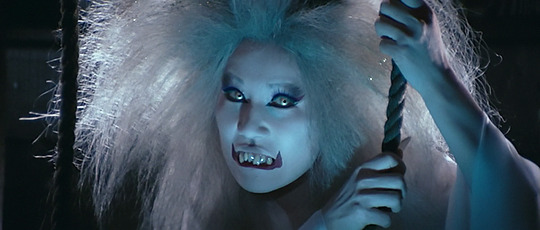

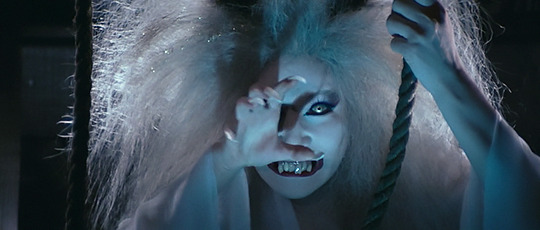

A Haunted Turkish Bathhouse (1975) dir. Kazuhiko Yamaguchi
#a haunted turkish bathhouse#kazuhiko yamaguchi#horrorstills#horroredit#1970s#horror#japanese cinema#caps#*#*ahtb
167 notes
·
View notes
Photo
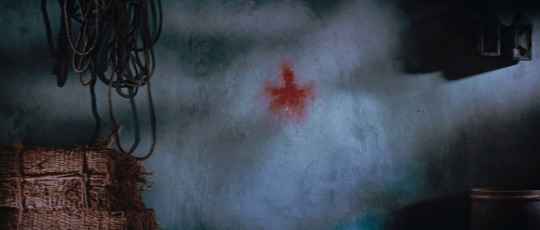




A Haunted Turkish Bathhouse (1975)
Kazuhiko Yamaguchi
522 notes
·
View notes
Photo

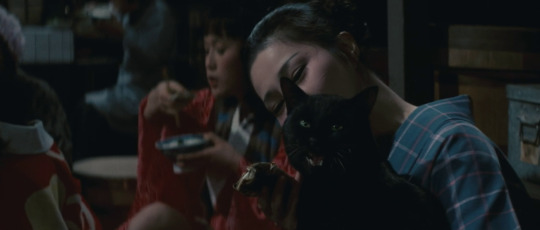



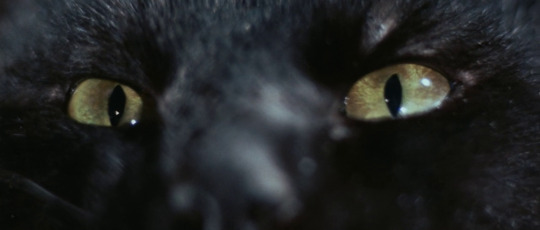

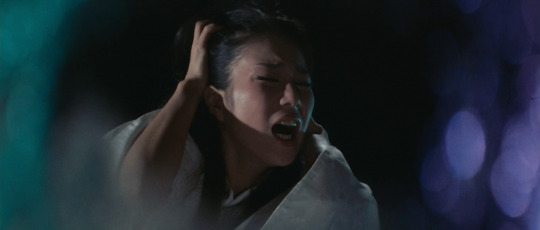
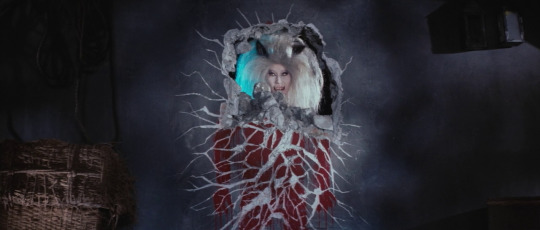

A Haunted Turkish Bathhouse (1975)
『 怪猫トルコ風呂 』
Directed by Kazuhiko Yamaguchi 山口和彦
#a haunted turkish bathhouse#怪猫トルコ風呂#Kazuhiko Yamaguchi#山口和彦#horror#horror movies#japanese horror#pinku#pinku eiga#j-horror#j horror#horror cinema#japanese film#japanese movies#1975#70s japan#70s cinema#halloween#screencaps#cinematography#yokai#bakeneko#bakeneko movies#japan film club
60 notes
·
View notes
Text
A Haunted Turkish Bathhouse on Letterboxd
A sly gangster hatches a plot against his own wife, who works at a brothel-cum-bathhouse, with the help of the bathhouse owner’s wife.
0 notes
Text

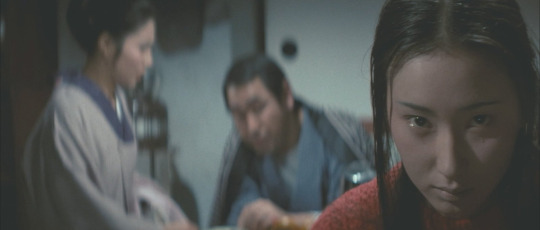



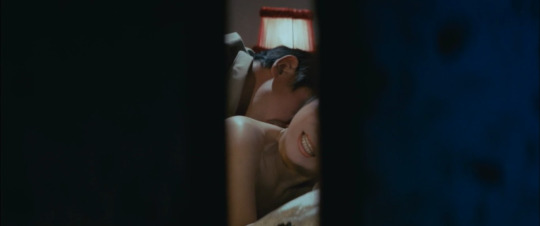
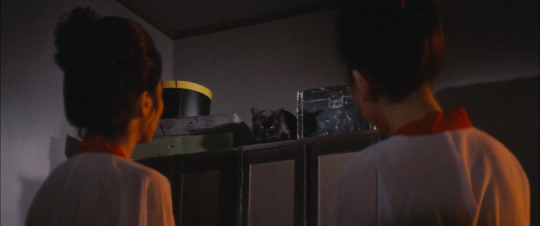
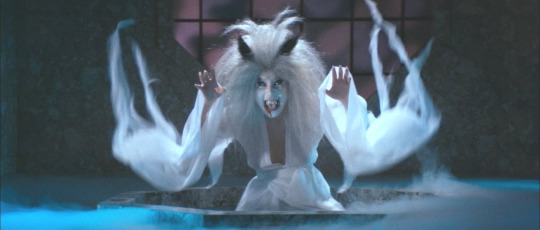

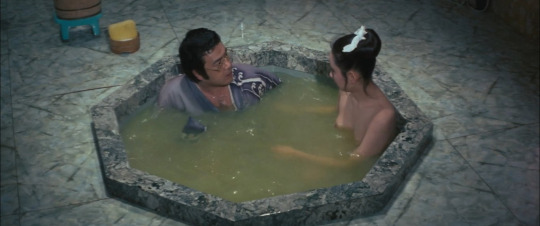

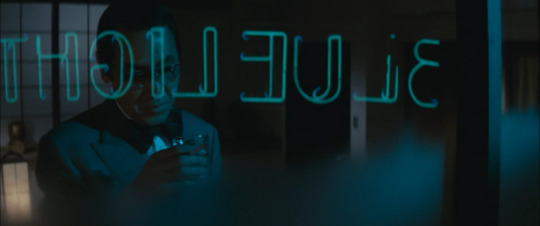

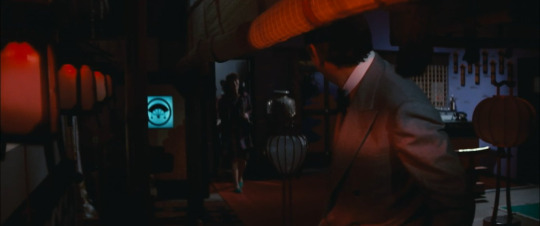


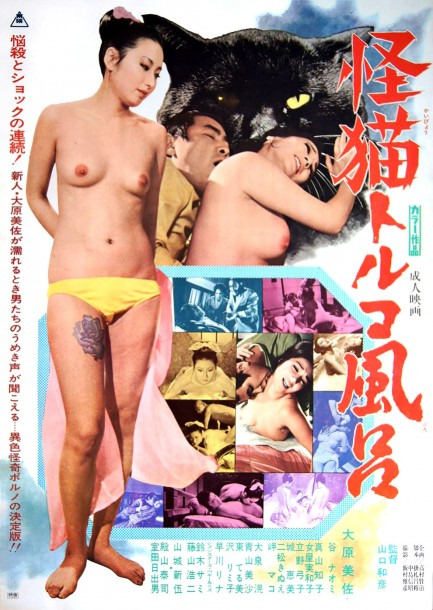

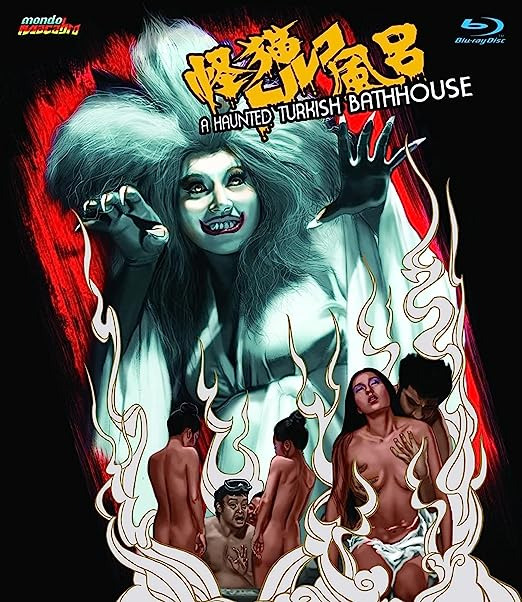
A Haunted Turkish Bathhouse
#japenese#movies#pinku movie#cinema#A Haunted Turkish Bathhouse#bakeneko-mono#Cats in movies#cat movie
2 notes
·
View notes
Text
tw: brief discussion of religion
North America, 1935. They’ve done a twenty-four kilometer dead sprint circumference of the farmland that borders a desolate inkspot on Nat’s map of the Texas Panhandle, and it’s all rows of cultivated fields and nothing, nothing, nothing. At a copse of cedar elms there’d been a cage lodged into a flaky patch of mud, but that was all that remained of the Trapper caravan that had passed through this area. They’d since moved on, taking their captives with them, and from the tarnishing metal, it seems they’d done so a while ago. Somewhere vaguely westward is all they can gauge.
Ava kicks the cage in frustration, hard enough to crack a bone that mends before the pain can topple her, and then says with mustered control, “We need to be quicker. We need to get back on the trail.”
“We need to rest,” Nat returns patiently and it only takes that for Ava to concede, exhausted with sun and hunger and loathe to deny her.
They slouch in the weeds and the sun burnished grass together and sip from their canteens of blood, replenishing energy expelled in the chase. Nat’s half ration reserve beads down her chin as she drinks with always just a tinge of desperation, and tells Ava about a drought to the north. She talks like this sometimes, just to talk. Relays to Ava current affairs that she’s read in a paper, and does not expect her to answer.
The sky is a yawning chasm above, the heat a brutalizing line on their necks. They’ve kicked up enough muck and dust to coat their bodies entirely, and warrant a thorough washing before reconvening at the inn with the other half of their team for the next leg of their journey. They end up tracing their steps back to a lake that they’d passed, and when they get there Nat says, “Oh,” with a wary eye on the wide waterline and her arms tucked against her sides and Ava understands. As if in a desire to be clean and cool she had forgotten the manner to achieve it.
“I miss the Turkish bathhouses,” Nat sighs. “We’ve traded mint leaves for river reeds.” Ava thinks it a rather meager attempt to cover her trepidation when she can see the way the curve of her wrists are shaking against the fabric of her blouse. Instead, reaches over to grip her shoulder in a reassuring squeeze and lending of strength.
“You philistine. Come to the shore, and I’ll help you.”
Ava wades calf deep to fill her empty canteen with water and returns to Nat who is watching her from the pebbled bank, all willowy grace like a river nymph, or else a specter at the water’s edge. Who will go no further. She directs Nat to kneel low enough so she can douse her face clean, and the younger vampire emits a soft chuckle when Ava presses her thumb into the divot of tender skin behind her ear and hold her gaze to the sky.
“What’s so funny?” Ava asks.
“Just a thought I had. This feels baptismal.” Nat crosses her arms across her chest in an affected, reverent gesture.
Ava lifts a brow. “Were you baptized?” It means nothing to her and she isn't sure why she has a notion to ask. In the swathe of wide topics that have carried them debating through the centuries, religion has never come up.
“Yes, of course. I was born into a self respecting Anglican family of the gentry. Or half of one at least,” Nat recalls, and her accent slips a touch to the cadence of palatial drawing rooms and garden soirees. The one she'd had when they'd first met. “My mother and step-father didn’t want to illegitimize me further, for all the good it did my soul.”
Ava takes a half-step back and carefully watches Nat's face. “You don’t believe that.” They’ve dealt with hauntings, yes. Banshees, ghouls and the like. Things that have slipped through the perilously thin cracks of the Echo World. Never something that was an inclination of the human soul, evidence of a life beyond this one. “After all you’ve learned and seen.”
“In the soul? I’m not sure. I’ve thought a lot about it. Sometimes. Aren’t we as vampires spirits by definition? Left behind imprints of a human that once walked the Earth. If we die do we leave a trace, or has the trace already been left?”
“If you’re going to philosophize you can do this yourself,” Ava tells her wholly fond.
A thread of warm laughter always underscores any teasing that Nat does and this one melts into the dry breath of wind sweeping the north Texas plains. Genial and tender. “There's a very old adage I'm sure you're familiar with, even with all your reclusion, my friend-you started it.”
#my writing#UM idk what this is or where it came from such a random premise. just a dumping ground of prose bc i've been in screenplay format all week#i might take it and turn it into something larger and cleaner at some point we shall see....this feels very abridged
24 notes
·
View notes
Text
THIS DAY IN GAY HISTORY
based on: The White Crane Institute's 'Gay Wisdom', Gay Birthdays, Gay For Today, Famous GLBT, glbt-Gay Encylopedia, Today in Gay History, Wikipedia, and more …


30 A.D. – Nerva, Roman Emperor born (d.98); Although much of his life remains obscure, Nerva was considered a wise and moderate emperor by ancient histories, a view which was later popularized by the 18th century scholar Edward Gibbon, who termed the rule of Nerva and his four successors as that of the Five Good Emperors. By adopting Trajan as his heir, Nerva is said to have established a tradition of succession through adoption among the emperors which followed.
Like many others of his times he enjoyed both women and his boys. Contemporary gossip records that his most celebrated liaison was with this imperial predecessor, Domitian. It appears that Domitian, while a student, had the same problem most modern students have – a shortage of funds. So he did what some enterprising young scholars continue to do today: he turned a few tricks, one of whom was the Roman senator, and later Emperor, Nerva.


1883 – Charles Demuth was born on this date (d. 1935). He was an American Precisionist painter. Demuth was born in Lancaster, Pennsylvania and studied at Philadelphia's Pennsylvania Academy of Fine Arts. While he was a student there he met William Carlos Williams at his boarding house. The two were fast friends and remained close for the rest of their lives.
He later studied at Académie Colarossi and Académie Julian in Paris, where he became a part of the avant garde art scene. The Parisian artistic community was accepting of Demuth's homosexuality.
While he was in Paris he met Marsden Hartley by walking up to a table of American artists and asking if he could join them. He had a great sense of humour, rich in double entendres and they asked him to be a regular member of their group. Through Hartley he met Alfred Stieglitz and became a member of the Stieglitz group. In 1926, he had a one-man show at the Anderson Galleries and Intimate Gallery, the New York gallery run by Stieglitz.
Charles Demuth used the Lafayette Baths as his favourite haunt. His 1918 homoerotic self-portrait set in a Turkish Bathhouse is likely to be set there.

Turkish Bath with Self-portrait
His most famous painting, The Figure 5 in Gold (1928) (also sometimes called I Saw the Figure 5 in Gold), was inspired by his friend William Carlos Williams's poem The Great Figure. This is one of nine poster portraits Demuth created to honour his creative friends. He painted poster portraits for artists Georgia O'Keeffe, Arthur Dove, Charles Duncan, Marsden Hartley, John Marin and for the writers Gertrude Stein, Eugene O'Neill, Wallace Stevens and Williams.
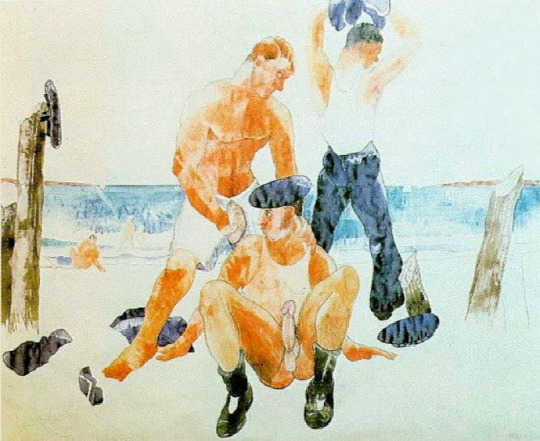
Three Sailors
Demuth's will left many of his paintings to his friend Georgia O'Keeffe. Her strategic decisions regarding which museums received these works cemented his reputation as a major painter of the Precisionist school.
Demuth suffered either an injury when he was four years old or may have had polio or tuberculosis of the hip that left him with a marked limp and required him to use a cane. He later developed diabetes and was one of the first people in the United States to receive insulin. He spent most of his life in frail health, and he died in Lancaster at the age 51 of complications from diabetes.


1935 – Alain Delon is a French actor and businessman, with French-Swiss dual citizenship since 1999.
Delon acquired Swiss citizenship on September 23, 1999, and the company managing products sold under his name is based in Geneva. He is a citizen of the community of Chêne-Bougeries in the canton of Geneva.
At 14, Delon left school, and worked for a brief time at his stepfather's butcher shop. He enlisted in the French Navy three years later, and in 1953-54 he served as a fusilier marin in the First Indochina War. Delon has said that out of his four years of military service he spent 11 months in prison for being "undisciplined". In 1956, after being dishonorably discharged from the military, he returned to France. He had little money, and got by on whatever employment he could find. He spent time working as a waiter, a porter, a secretary and a sales clerk. During this time he became friends with the actress Brigitte Auber, and joined her on a trip to the Cannes Film Festival, where his film career would begin.
At Cannes, Delon was seen by a talent scout for David O. Selznick. After a screen test Selznick offered him a contract, provided he learn English. Delon returned to Paris to study the language, but when he met French director Yves Allégret, he was convinced that he should stay in France to begin his career. Selznick allowed Delon to cancel his contract, and Allégret gave him his debut in the film Quand la Femme s'en Mêle (When the Woman Butts In). Delon then appeared in the film Faibles Femmes (Weak Women/Three Murderesses). This was also the very first of his films to be seen in America, where it became a huge success.
In 1960, Delon appeared in René Clément's Purple Noon, which was based on the Patricia Highsmith novel The Talented Mr. Ripley. He played protagonist Tom Ripley to critical acclaim; Highsmith herself was also a fan of his portrayal. He then appeared in Luchino Visconti's Rocco and His Brothers. Critic Bosley Crowther of the New York Times said Delon's work was "touchingly pliant and expressive."
He rose quickly to stardom, and by the age of 23 was already being compared with French actors such as Gérard Philipe and Jean Marais, as well as American actor James Dean. He was even called the male Brigitte Bardot. Over the course of his career, Delon has worked with many well-known directors, including Luchino Visconti, Jean-Luc Godard, Jean-Pierre Melville, Michelangelo Antonioni and Louis Malle.
He continued to make successful films through the 60s and 70s. Then followed a string of box office failures in the late 1980s and 1990s. One notable film during this time was Jean-Luc Godard's Nouvelle Vague in 1990, in which Delon played twins. Delon's last major role was in Patrice Leconte's Une chance sur deux in 1998, another box office disappointment.
On 20 March 1959, Delon was engaged to actress Romy Schneider, whom he met when they co-starred in the film Christine (1958). During their relationship, he had an affair with German actress, singer and model Nico. On 11 August 1962, Nico gave birth to a son, Christian Aaron "Ari", fathered by Delon. The child was raised mostly by Delon's parents.
In December 1963, Schneider and Delon decided to break the engagement. On 13 August 1964, Delon married Nathalie Barthélemy. Their son, Anthony Delon, was born in September. The couple divorced on 14 February 1969.
In 1969, Delon and his wife found themselves at the center of a massive scandal when their bodyguard was found shot to death, his body left in a garbage dump. The subsequent investigation into his killing threatened to implicate many of France's most prominent celebrities and politicians in a sordid web of murder, drugs, and sex. Many predicted the demise of Delon's career, but he spun the tabloid headlines to his favor. In the eyes of many filmgoers, his myriad portrayals of gangsters, killers, and sexual deviants suddenly took on new reality in light of the similar exploits he experienced in his offscreen life.
A notorious television interview in which he admitted to past homosexual liaisons – as well as many other seamy adventures – tantalized audiences even more.
Delon announced his decision to give up acting in 1997, although he still occasionally accepts roles. Since the formation of a perfume label in his name, Delon has had a variety of products sold under his name including wristwatches, clothing, eyewear, stationery and cigarettes.


1982 – Samuel Falson, better known by his stage name Sam Sparro, is an Australian singer, songwriter and record producer. He was signed to the British record label Island Records. Sparro is best known for his 2008 single "Black and Gold".
Sam Sparro was born and raised in Sydney, Australia. Sparro's father, Chris Falson is a gospel minister and recording artist of Maltese descent who has written music for Star Trek and Queer Eye for the Straight Guy. Sparro's mother, Karyn Falson (née Frankland) is from Australia. His brother plays guitar professionally while his mother plays organ at a Baptist church.
The family relocated to Los Angeles when Sparro was ten years old. His father had signed a deal there and was recording a soul album, he took Sparro to a church in Tujunga to hear some of the genre's singers. Fellow church goers, were the McCrary family. Chaka Khan became one of his early admirers after hearing Sparro's singing through knowing the McCrarys.
His first role as a child actor was in a McDonald's commercial. His stage name was derived from a family nickname, which in turn was inspired by the Sydney radio announcer Gary O'Callaghan's on-air character "Sammy Sparrow".
Sparro left Los Angeles and returned to Sydney, where he lived with his grandparents and worked for a public relations company, before travelling to the UK, immersing himself in the music scene in London. He returned to Los Angeles in 2002, where he took a job in a coffee shop. It was during this time that he wrote his single, "Black and Gold" with his producer, Jesse Rogg.
When growing up, Sparro regularly performed backing vocals at his father's concerts and on his music releases. He states "I'm a spiritual person, but … not into any religion. I was always kind of a non-denominational Christian" and "a bit of a gypsy".
Sparro is openly gay. He did an interview for Attitude magazine and was featured on the front cover. Sparro married his boyfriend DJ Zion Lennox in a private ceremony in California on 21 September 2018.


1995 – Representatives of Parents and Friends of Lesbians and Gays approached television stations in four US cities to buy advertising time for two ads, one on the prevention of suicide among gay and lesbian youth and one about gay bashing. All stations refused to air the suicide ad, and only two cable stations and one network affiliate station would air the gay-bashing ad. They were told the ads offended community standards.

1995 – In Zimbabwe, Tribal Chief Norbert Makoni addressed Parliament, saying gays and lesbians should be sentenced to whipping.

2003 – The first gay character comes out on Degrassi: The Next Generation. Marco, played by Adamo Ruggiero, comes out in the two-part episode titled "Pride."


5 notes
·
View notes
Photo
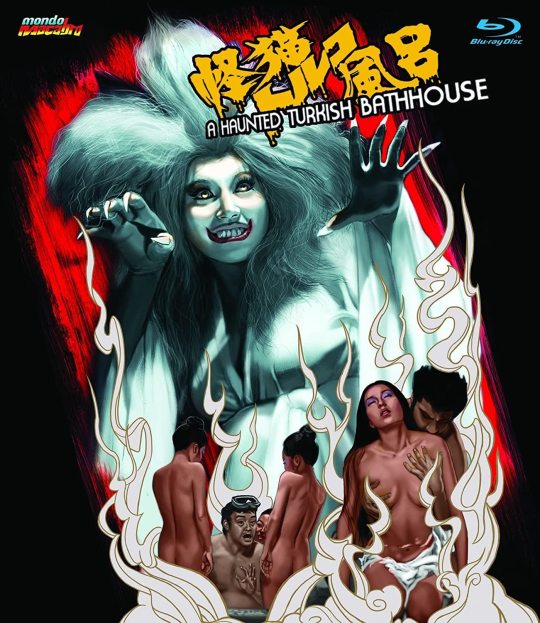
A Haunted Turkish Bathhouse. I may have to check this one out...
12 notes
·
View notes
Text
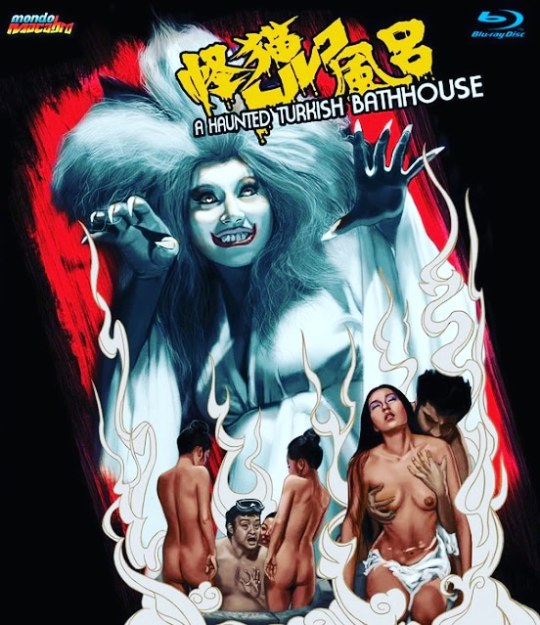
review of A HAUNTED TURKISH BATHHOUSE (1975) on Blu-ray from @mondomacabrodvd
http://mcbastardsmausoleum.blogspot.com/2023/01/a-haunted-turkish-bath-house-1975-monod.html?m=1
0 notes
Photo

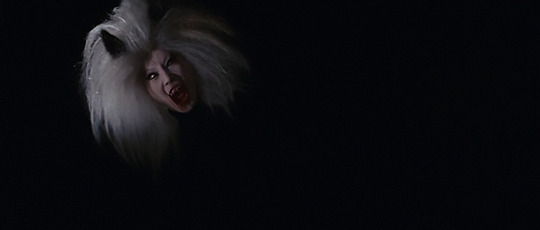

A Haunted Turkish Bathhouse (1975) dir. Kazuhiko Yamaguchi
#a haunted turkish bathhouse#kazuhiko yamaguchi#horrorstills#horroredit#1970s#horror#japanese cinema#caps#*#*ahtb
119 notes
·
View notes
Photo


A Haunted Turkish Bathhouse (1975)
Kazuhiko Yamaguchi
310 notes
·
View notes
Photo
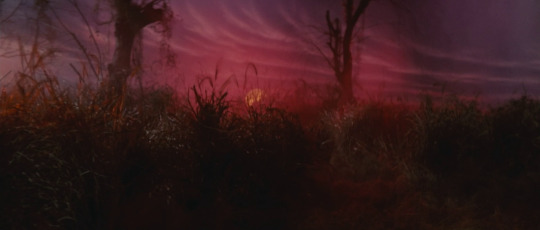
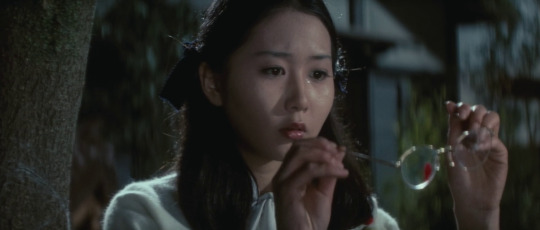



A Haunted Turkish Bathhouse | 怪猫トルコ風呂 (1975) dir. Kazuhiko Yamaguchi
31 notes
·
View notes
Text
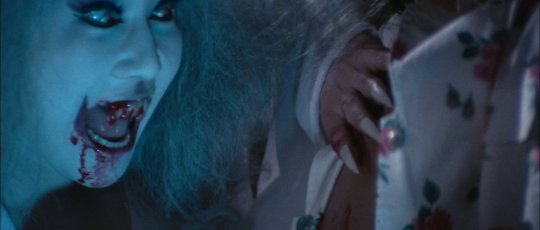


Naomi Tani in A Haunted Turkish Bathhouse (Kazuhiko Yamaguchi, 1975). So fucking pimp.
8 notes
·
View notes
Text
Weekly Wrap Up
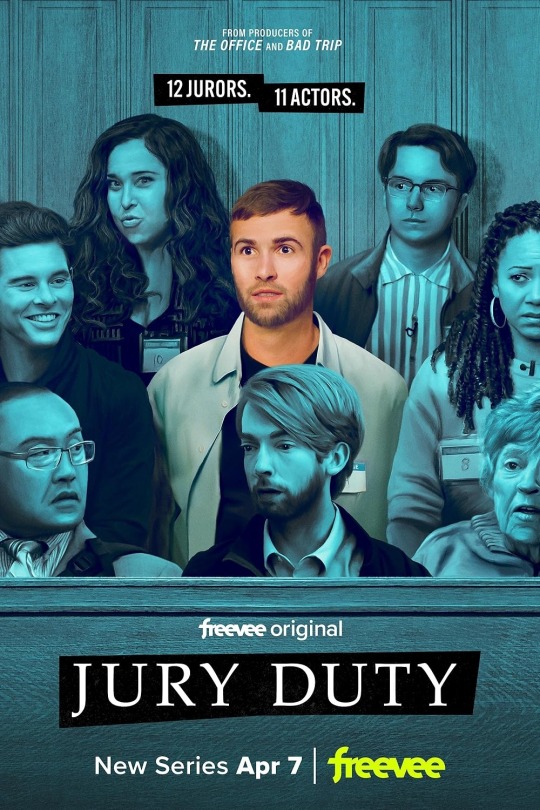



Invencibe s2e4 / Jury Duty s1e3-4 / Tondemo skill de isekai hourou meshi s1e1-2 / Welcome Back, Mr. McDonald (1997) / Pastoral: To Die in the Country (1974) / A Haunted Turkish Bathhouse (1975) / The blue sky maiden (1957) / Podcasts SEMANA 48 / Last.fm /
Last.fm // Letterboxd // TvTime
1 note
·
View note
Text
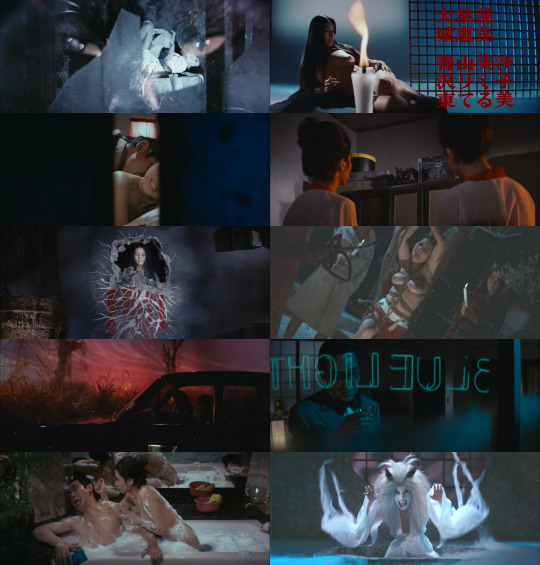
1 note
·
View note
Photo

Chang’an map, from China's Golden Age. Everyday Life in the Tang Dynasty:
1. Forbidden Park - Cherry orchard, pear grove, vineyard, football field, polo grounds.
2. West Park - Ice pits for refrigerating foods during the spring and summer.
3. Daming Palace - Archery hall, bath hall, storehouse for musical instruments, drum tower, bell tower, football field, cockfighting arena, Pear Garden Troupe, Entertainment Ward.
4. East Park - A football field.
5. Barracks for the Divine Strategy Army.
6. A shrine for Laozi’s father.
7. [Yeting Palace - the imperial harem.] The Flank Court, where women were incarcerated for the crimes that their menfolk committed. There was also a school for palace ladies here.
8. West Palace - Archery hall, polo grounds, football field, drum tower, bell tower.
9. East Palace, the heir apparent’s residence. [During Emperor Xuanzong’s reign both crown princes didn’t lived here. They lived in no. 13, together with their brothers.]
10. A branch of the Entertainment Ward that had the finest singers. A carriage park where mandarins attending court in the Daming Palace left their vehicles for the day. [...]
12. A branch of the Entertainment Ward that had the finest dancers. In 730 Emperor Xuanzong had four palace halls dismantled and reassembled as halls and gates for the Taoist abbey in the southwest comer. Formerly, the grounds of the temple were gardens for an agricultural bureau.
13. A residence for princes. [Ten Princes Residence, later renamed to Sixteen Princes Residence.]
14. A Zoroastrian church.[...]
16. Seat of the eunuch agency. [...]
18. The national Taoist abbey dedicated to the worship of [Laozi] in this ward had statues of Xuanzong and later emperors.
19. A Persian (Nestorian) church.
21. Princess Anle’s mansion.
22. This street was the site of a carnival held in 713.
23. Imperial factories.
24. Service for Supreme Justice.
25. Gold Bird Guard East. [Actually, this is a mistranslation. Should be Guard with Golden Maces 金吾卫. It’s one of the 16 Guards of Chang’an. Historically its name comes from 金吾 - a ceremonial mace, an attribute of an official called zhi jin wu 執金吾 ("carrying a mace"), who was responsible for order in the streets.] [...] The home of an imperial flautist was located here. [...]
26. Princess Tongchang’s mansion. It had a well with a railing made of gold and silver.
27. A court for imperial musicians.
28. A Zoroastrian church.
29. The first site of the Persian (Nestorian) church (no. 19). The home of An Jinzang, who cut his belly open with a knife to defend Emperor Ruizong against charges of treason, was in this ward.
30. Princess Taiping’s mansion.
31. A Zoroastrian church.
32. Gold Bird Guard West. [A mistranslation. See my comment in p.25 above.]
33. A Persian (Nestorian) church.
34. Imperial stables and hay fields for horses.
35. Halls for civil and military examinations.
36. The imperial ancestral shrine.
37. [...] There was a polo field in the western part of this ward.
38. At this former wedding hall for imperial princesses, An Lushan had eighty Princesses, their husbands, and consorts of princes slaughtered in 756.
39. A workshop for a maker of musical instruments. By candlelight the Tang’s most renowned painter [Wu Daozi], while drunk, in a single night executed a mural for 4 gate in the Buddhist monastery east of this ward's northern gate.
40. Three provincial transmission offices. [...]
41. The street where Emperor Xuanzong convened public entertainments, to celebrate his birthdays.
42. Xingqing Palace - Xuanzong's aloeswood pavilion and an archery hall. A Buddhist monastery located in this area was converted into a palace in the early eighth century.

43. West Market. Lanes: Axes, Ready-Made Clothing, Bridles and Saddles, Weights and Measures, and Pongee. A Persian bazaar. Wineshops and taverns. Vendors of beverages, gruel, and cooked cereals. A safety deposit firm. The government offices for controlling commerce were located in the center block. There was a pond for releasing the living in the northwest corner. The exact locations of the solitary willow under which most executions took place and the pool for storing wood are unknown.
44. A court for imperial musicians, The mansion of an eminent minister here had a “pavilion of automatic rain,” that is, air conditioning. [...] The local school for citizens of the capital was located in the southeast corner.
45. In 720 the walls of this ward collapsed during a heavy rain. Here, Princess Taiping had a mansion, an emperor discovered that courtesans were living in a Taoist convent, and a dwarf illusionist changed herself into a bamboo stalk and a skull.
46. Capital schools: the Sons of State, Grand Learning, and Four Gates, as well as colleges for law, mathematics, and calligraphy. This ward had three provincial transmission offices.
47. North Hamlet (the Gay Quarters). The Alley of the Jingling Hames was located in the southwest. Seventeen provincial transmission offices. The mansion of a princess in the northwest corner of this ward had a polo field. [...]
48. East Market. Ironmongers’ Lane, a tavern, a pastry shop, and a seller of foreign musical instruments. The government offices for controlling commerce were located in the center block. [...] There was a monastery in the market, and a pond for releasing the living in the northeast comer.
49. A Turkish prince had a mansion in this ward [...].
50. The office of Chang’an’s mayor. [...]
51. The monastery occupying the entire southern half of this ward had a pond for releasing the living and the largest number of entertainment plazas in the capital. [...]
52. The offices of Wannian County, the eastern half of the city. [...]
54. A bureau for managing the households of princes. [...] In 656 the throne converted the dwelling into the south-western monastery.
55. A chief minister's mansion here had a pavilion with walls that were covered with a plaster made from an aromatic plant that came from Central Asia. The Tang's Small Goose Pagoda in the northwest comer survives today.
56. A shop that sold fancy pastry. One of the monasteries here had a statue of Buddha carved out of jade from Central Asia.
57. One of the Taoist abbeys in this ward was originally a lavish mansion that Emperor Xuanzong bestowed on An Lushan. In the mid-eighth century the household of a general here numbered 3,000.[...]
59. Zoroastrian church. Felt Alley. [...] There was a large polo field in the vacant land to the west that was attached to the mansion of a princess in the early eighth century.
60. There was a firm here that hired out square-faced exorcists and rented hearses and other equipment for funerals.
61. The offices for Chang’an County, the western half of the city.
62. Graduates of the Advanced Scholars examination held “cherry feasts” at the Pavilion of Buddha's Tooth in the southwestern monastery to commemorate their triumph. A mint for casting copper cash.
63. Xuanzong abolished the shrine for an imperial princess here and bestowed the property on a close aide for use as a polo field. [...]
65. City archives, Directorate for Astronomy, and a garden that Xuanzong bestowed on An Lushan. [...]
66. An Entertainment Ward and the Board for Fife and Drum Music, Two fortune tellers lived here. [...]
67. [...] In this ward crowds of people flocked to the home of a superb physiognomist, or face reader, to have their fortunes told. The Buddhist monastery here had an entertainment plaza.

71. [...] This ward had a pond for releasing the living.
72. A medicinal garden for the heir apparent was located in the northwest corner. A pastry shop stood beside the north gate. The ruins of an ancient shrine marked the highest point in the city. Citizens visited the spot to purify them- selves on the third day of the third moon and ninth day of the ninth moon.
73. The southern half of this ward was entirely occupied by graves. It had no dwellings.
74. An Lushan's garden.
75. Graduates of the Advanced Scholars examination held “peony parties” at a pavilion in a garden here to celebrate their success. [...]
76. A field for training soldiers in the use of the crossbow occupied this entire ward. In the seventh century it had been a market for selling slaves, horses, cattle, and donkeys.
77. A haunted house. The monastery here had a room for making monk’s robes.[...]
78. The monastery on the right had more than ten courtyards and 1,897 bays. Its pagoda, the Large Goose, where graduates of the Advanced Scholars examination inscribed their names in the Tang, survives today. It also had a bathhouse and an entertainment plaza. The monastery on the lower left had 4 pond for releasing the living. [...]
79. Graduates of the Advanced Scholars examination held “peony parties” to mark their achievements at two government pavilions in this ward.
80. The inn here was attached to a rapid relay post station.
81. A garden in this ward provided food for the heir apparent’s household.
82. Among other things, the government garden here supplied pear blossom honey.
83. Apricot grove where graduates of the Advanced Scholars examination celebrated their success with feasts.
84. At the monastery on the right a 330-foot-tall pagoda was erected to counter the adverse yin forces of a lake west of the city. Its cloisters had one of Buddha's teeth, three inches long, that a pilgrim brought from India.
175 notes
·
View notes